[Impressions from ALIFE 14 New York]
Added on 12/08/2014

This summer, I attended the Artificial Life conference in New York. There were some interesting and not-so-interesting talks, but generally I am very glad I went. I had a chance to meet some great people and more importantly, to get much needed feedback on my own research. I also got offered to try out real robots in my research.
The first keynote was delivered by Naomi Ehrich Leonard, a researcher from Princeton University who has recently become interested in swarm behaviours. She has done some amazing work e.g. on bee inspired collective decision making and her presentation gave me a possible new direction in my own swarm robotics research. I will have to do dynamical systems maths though - I knew it was inevitable and it would come one day! I had a good and interesting talk with her the following day about the excitements and frustrations of the kind of work we are doing. It was nice to see someone else interested in very similar things than me!
I also had a chance to meet some people who do evolutionary robotics. I always though that these people were kind of from the opposite camp to my work, as they believe in design of collective algorithms by artificial evolution, whereas I believe we need to understand collective systems from the ground up in order to engineer reliable swarms. However, it turns out we also had a lot in common. In the end, there are some good points to both sides and I am glad I understood that during the conference.
Another interesting person to meet was Josh Bongard who did a lot of work on evolutionary robotics. Not only he was chairing the session with my talk and turns out he knows my supervisor well, I always wanted to meet him. During my Masters thesis I developed a robot controller capable of adapting to a robot’s body changes without an explicit representation of the robot’s body in its brain and I criticised Bongard’s work on running evolution in the robot’s ‘brain’ in order to figure out new body configurations. Long story short, turns out his work was not explained to us within the correct context during my Masters and that he had to use the particular way of adaptation so that a robot in space not only adapted to say loosing a limb, but so that people from NASA could analyse what went wrong with the robot. Josh was very nice to talk to and it turned out we shared a lot of ideas about how to do robotics as he came from the same Sussex evolutionary robotics group as me.
My own talk on recruitment in robot foraging went very well I think. After the talk, Professor Winfield from the Bristol Robotics Lab offered me to come to Bristol and try out my algorithms on a real, 50-robot swarm. Since our university does not have so many robots available, this is great news. I definitely want to test my findings on real robots after I’ve done some more theoretical work.
Overall, I think the conference was pretty good but could have been better. Compared to the last year’s Ecal 2013, it did not seem to be so well organised. We were not provided lunch and the place of the conference was deserted so there wasn’t any proper food or coffee nearby. There was not enough opportunity to socialise with others and to talk about other things than science. Yes, New York is much bigger than Taormina in Sicily was. But that also means much more opportunities to take people out? I heard that renting the spaces consumed all the money and that there was therefore no resource left for social stuff, but if that is the case I must question the choice of the place.
I am not going to complain too much though - New York was a fantastic place to visit and I always wanted to see it. I saw the Times Square, a big Nintendo Store and saw the amazing views from the top of the Rockefeller Centre and from the Brooklyn Bridge at night. New Yorkers surprised me with their general niceness and the beers were surprisingly good too. Pizza was amazing and everywhere and so were Starbucks and other coffee places. I would have loved to spend more time in the city - perhaps one day I will move there for some time. Thanks Southampton DTC for the funding to go to the conference!

This summer, I attended the Artificial Life conference in New York. There were some interesting and not-so-interesting talks, but generally I am very glad I went. I had a chance to meet some great people and more importantly, to get much needed feedback on my own research. I also got offered to try out real robots in my research.
The first keynote was delivered by Naomi Ehrich Leonard, a researcher from Princeton University who has recently become interested in swarm behaviours. She has done some amazing work e.g. on bee inspired collective decision making and her presentation gave me a possible new direction in my own swarm robotics research. I will have to do dynamical systems maths though - I knew it was inevitable and it would come one day! I had a good and interesting talk with her the following day about the excitements and frustrations of the kind of work we are doing. It was nice to see someone else interested in very similar things than me!
I also had a chance to meet some people who do evolutionary robotics. I always though that these people were kind of from the opposite camp to my work, as they believe in design of collective algorithms by artificial evolution, whereas I believe we need to understand collective systems from the ground up in order to engineer reliable swarms. However, it turns out we also had a lot in common. In the end, there are some good points to both sides and I am glad I understood that during the conference.
Another interesting person to meet was Josh Bongard who did a lot of work on evolutionary robotics. Not only he was chairing the session with my talk and turns out he knows my supervisor well, I always wanted to meet him. During my Masters thesis I developed a robot controller capable of adapting to a robot’s body changes without an explicit representation of the robot’s body in its brain and I criticised Bongard’s work on running evolution in the robot’s ‘brain’ in order to figure out new body configurations. Long story short, turns out his work was not explained to us within the correct context during my Masters and that he had to use the particular way of adaptation so that a robot in space not only adapted to say loosing a limb, but so that people from NASA could analyse what went wrong with the robot. Josh was very nice to talk to and it turned out we shared a lot of ideas about how to do robotics as he came from the same Sussex evolutionary robotics group as me.
My own talk on recruitment in robot foraging went very well I think. After the talk, Professor Winfield from the Bristol Robotics Lab offered me to come to Bristol and try out my algorithms on a real, 50-robot swarm. Since our university does not have so many robots available, this is great news. I definitely want to test my findings on real robots after I’ve done some more theoretical work.
Overall, I think the conference was pretty good but could have been better. Compared to the last year’s Ecal 2013, it did not seem to be so well organised. We were not provided lunch and the place of the conference was deserted so there wasn’t any proper food or coffee nearby. There was not enough opportunity to socialise with others and to talk about other things than science. Yes, New York is much bigger than Taormina in Sicily was. But that also means much more opportunities to take people out? I heard that renting the spaces consumed all the money and that there was therefore no resource left for social stuff, but if that is the case I must question the choice of the place.
I am not going to complain too much though - New York was a fantastic place to visit and I always wanted to see it. I saw the Times Square, a big Nintendo Store and saw the amazing views from the top of the Rockefeller Centre and from the Brooklyn Bridge at night. New Yorkers surprised me with their general niceness and the beers were surprisingly good too. Pizza was amazing and everywhere and so were Starbucks and other coffee places. I would have loved to spend more time in the city - perhaps one day I will move there for some time. Thanks Southampton DTC for the funding to go to the conference!










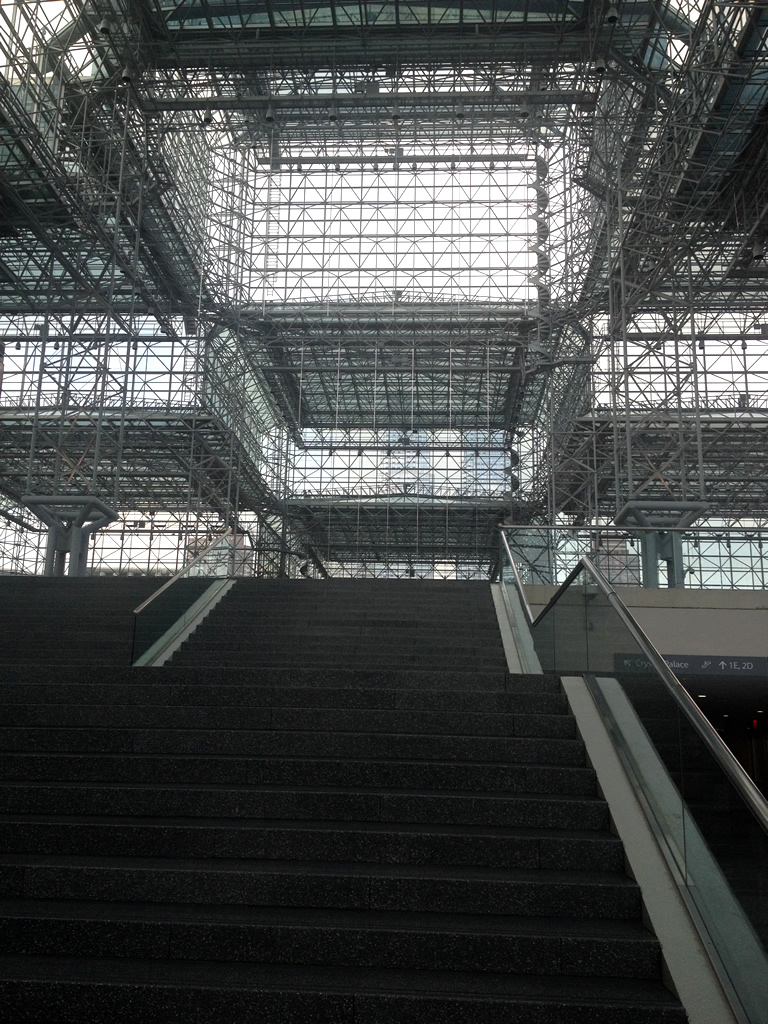

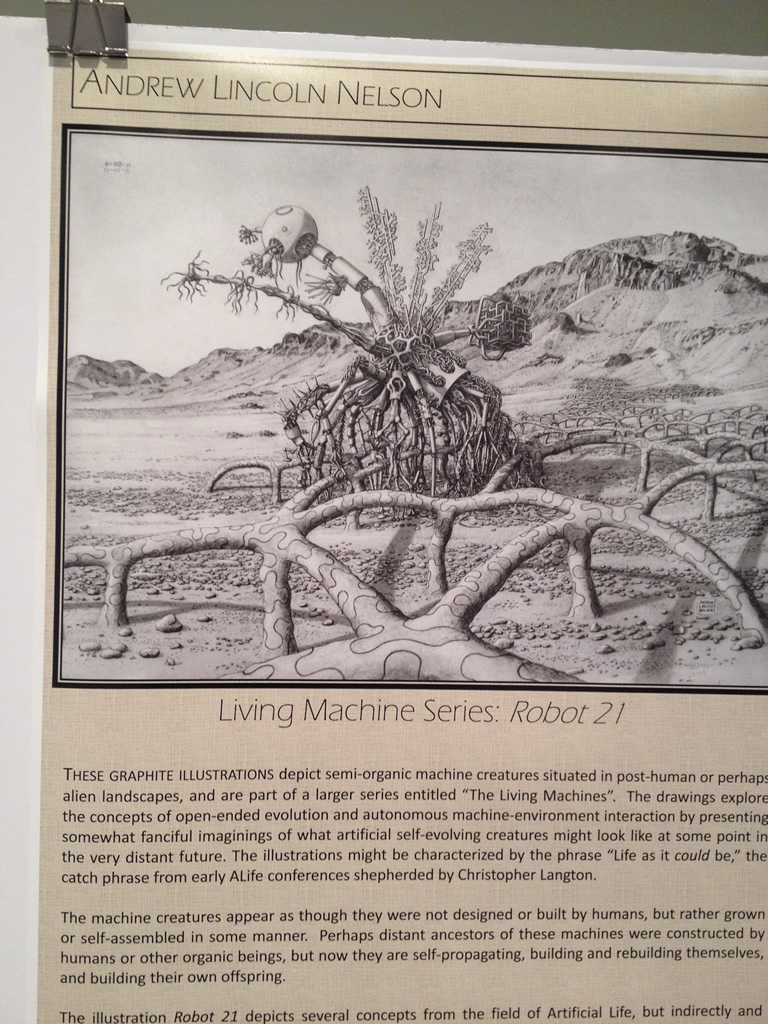
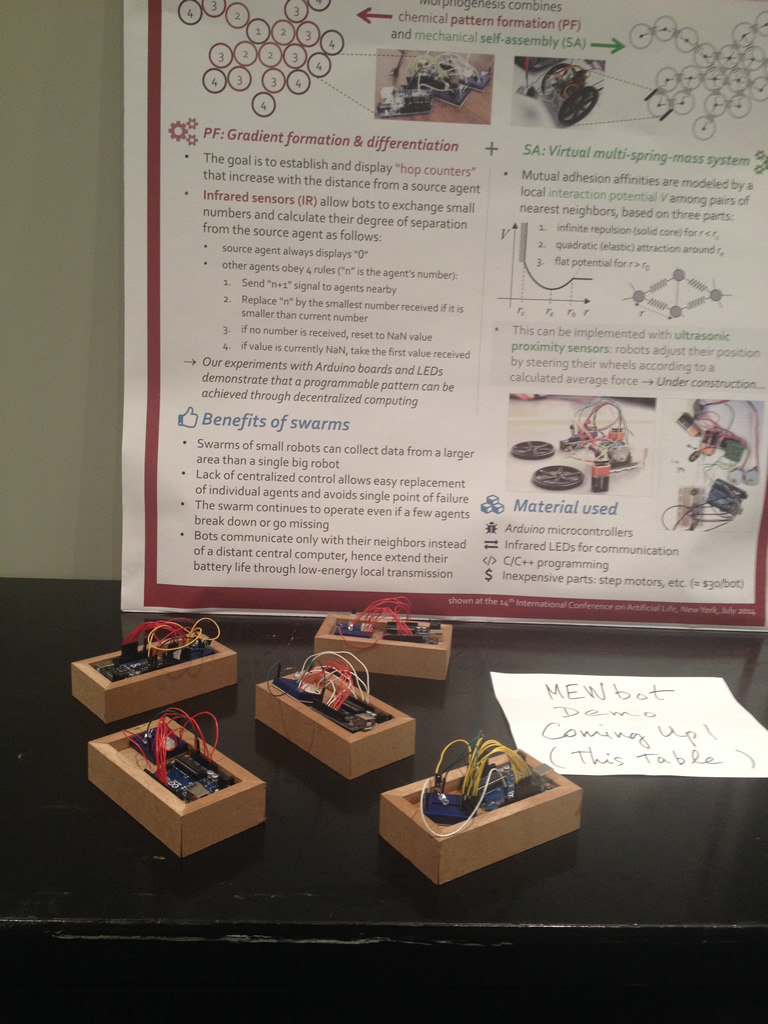

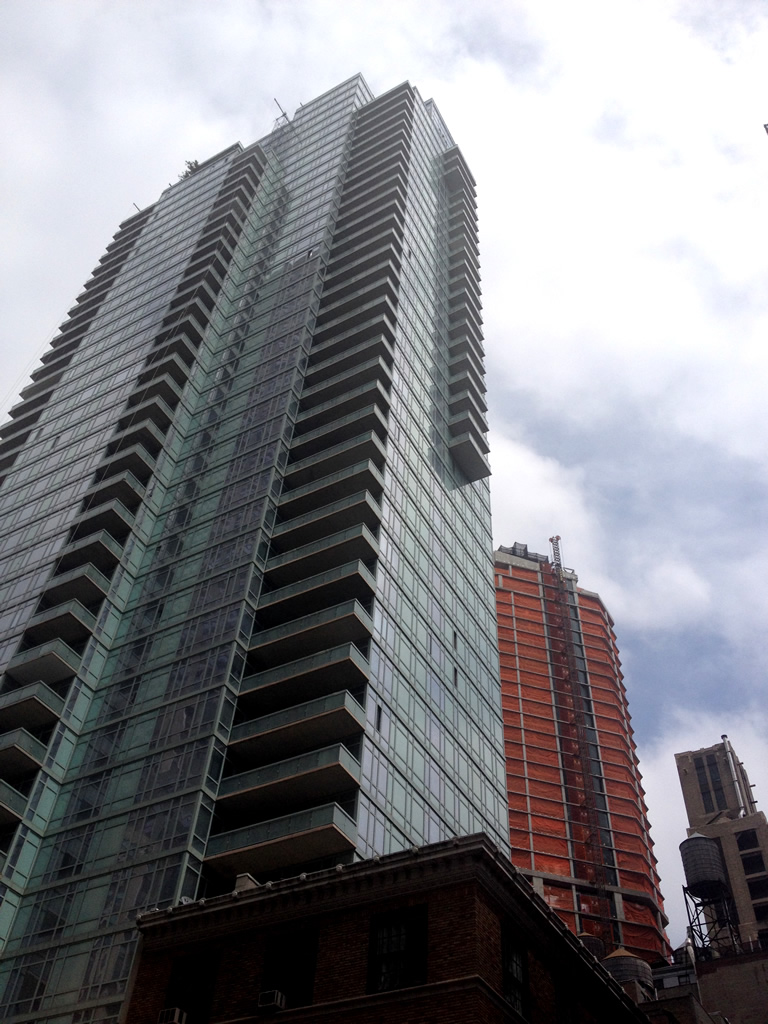
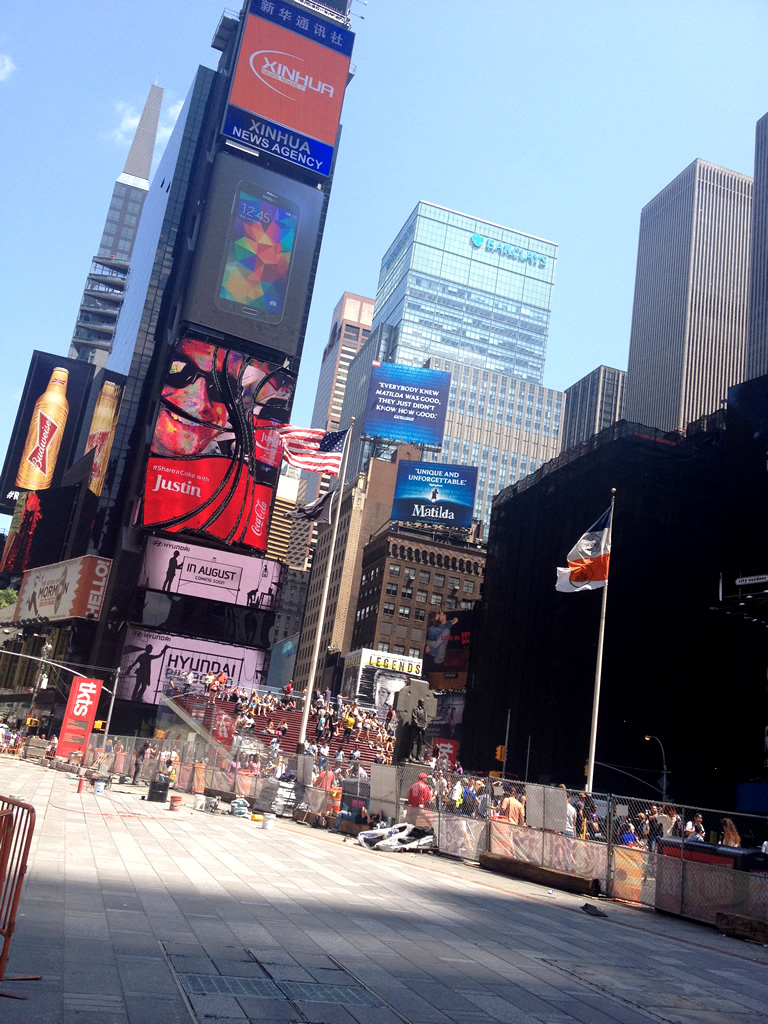


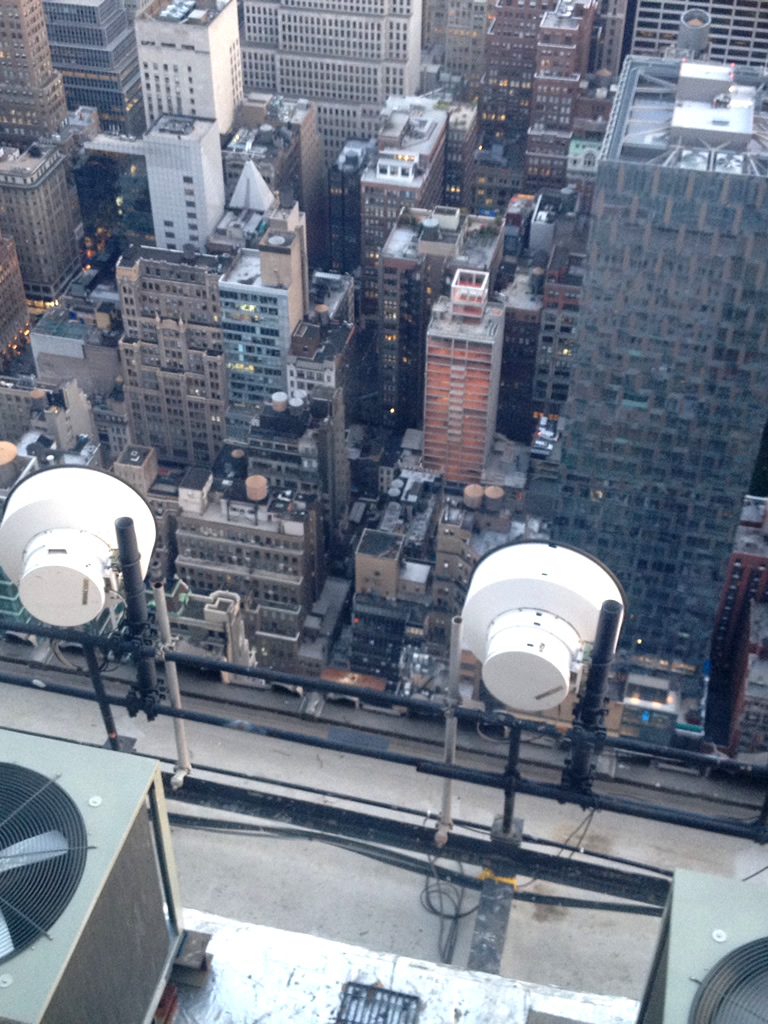


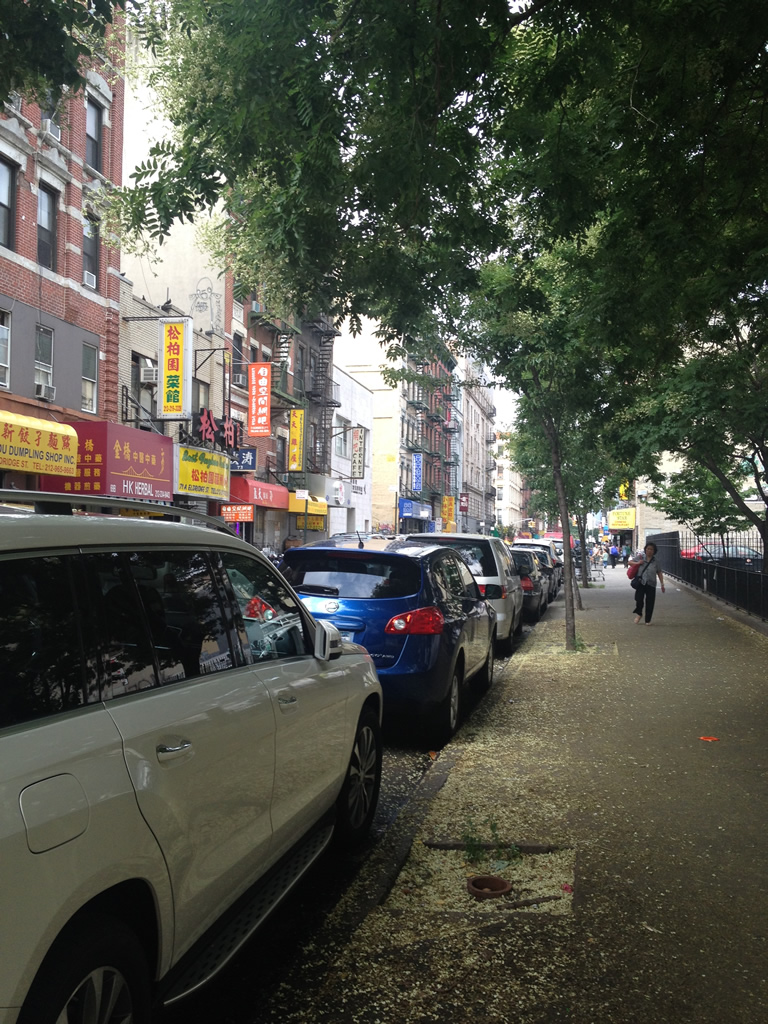
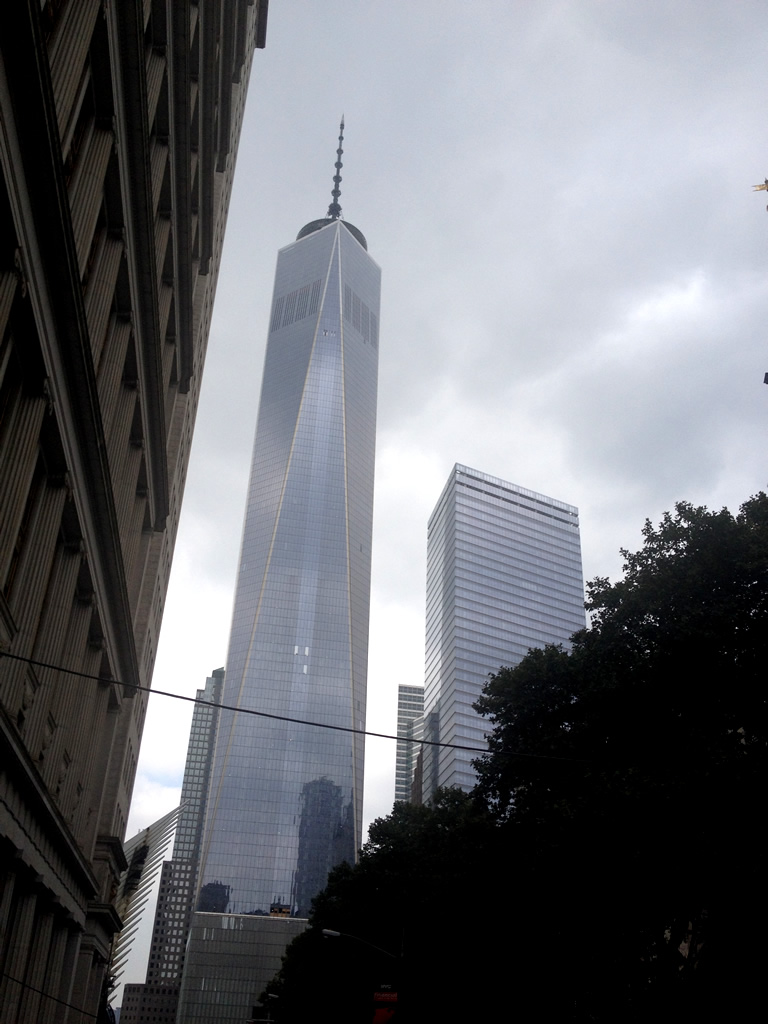





{Please enable JavaScript in order to post comments}